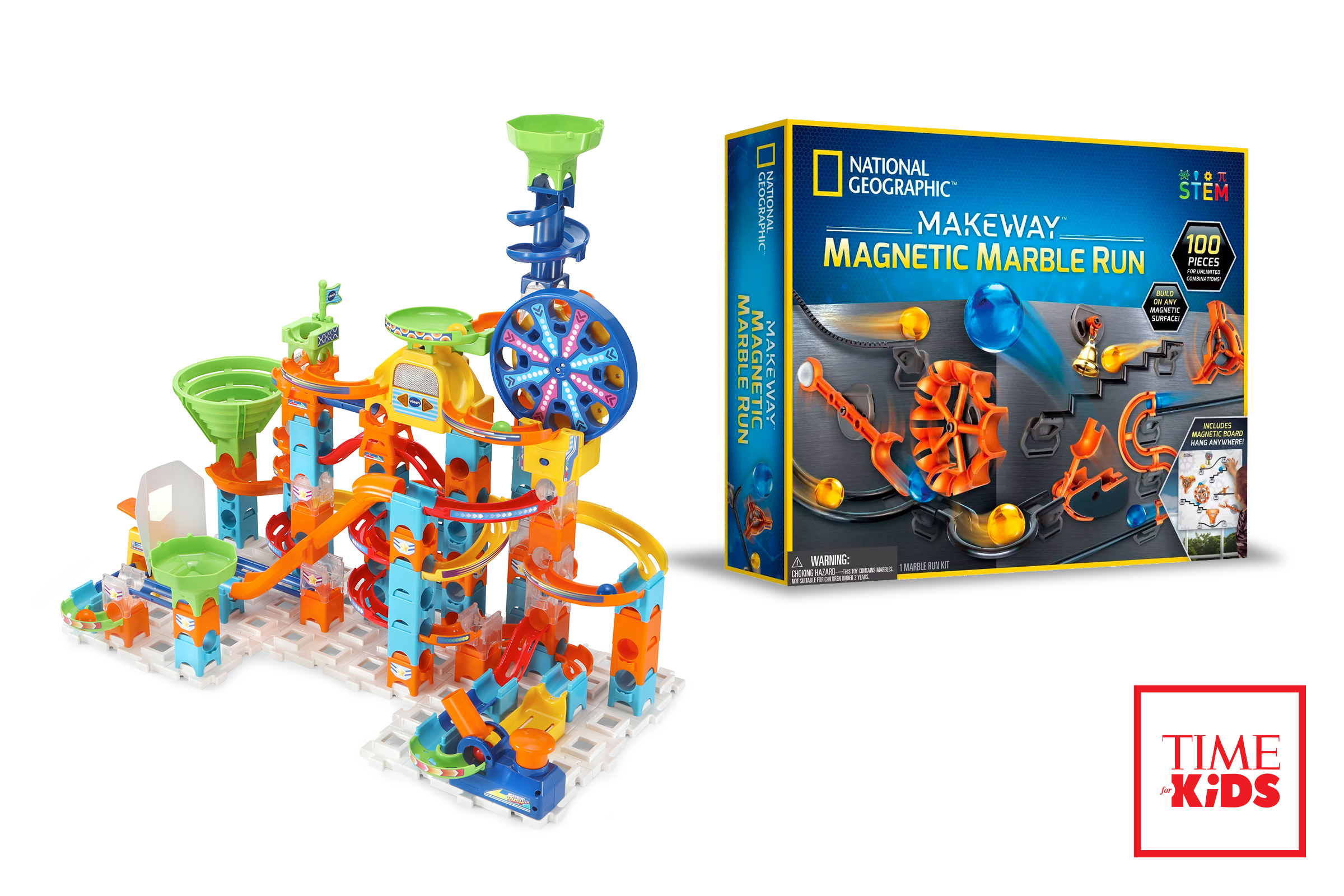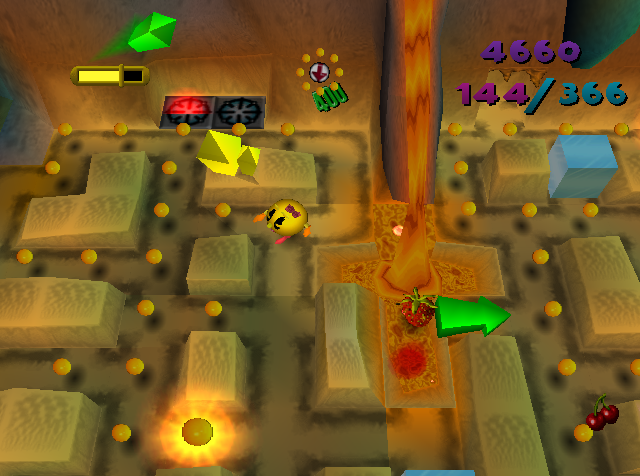


In Iran "puzzle-locks" were made as early as the 17th century (AD). The game consisted of a square divided into 14 parts, and the aim was to create different shapes from these pieces. The oldest known mechanical puzzle also comes from Greece and appeared in the 3rd century BCE. On the eve of their wedding, young girls around fourteen would offer their dolls in a temple as a rite of passage into adulthood. When Greek children, especially girls, came of age it was customary for them to sacrifice the toys of their childhood to the gods. In Ancient Greece and Ancient Rome, children played with dolls made of wax or terracotta, sticks, bows and arrows, and yo-yos. They include spinning tops, balls of spring, and wooden models of animals with movable parts.

Small figurines and models found in tombs are usually interpreted as ritual objects those from settlements sites are more easily labelled as toys. Given their love of games, it is highly likely that the ancient Egyptians also had children's toys, but they are exceptionally difficult to identify with certainty in the archaeological record. Thousands of years ago, Egyptian children played with dolls that had wigs and movable limbs which were made from stone, pottery, and wood. The earliest toys are made from materials found in nature, such as rocks, sticks, and clay. Toys excavated from the Indus valley civilization (3010–1500 BCE) include small carts, whistles shaped like birds, and toy monkeys which could slide down a string.

They have been written about in some of the oldest literature. Toys and games have been unearthed from the sites of ancient civilizations. Most children have been said to play with whatever they can find, such as sticks and rocks. From a tomb dating 950–900 BCE, Kerameikos Archaeological Museum, Athens Little horse on wheels, Ancient Greek children's toy. Adults on occasion use toys to form and strengthen social bonds, teach, help in therapy, and to remember and reinforce lessons from their youth. Younger children use toys to discover their identity, help with cognition, learn cause and effect, explore relationships, become stronger physically, and practice skills needed in adulthood. Playing with toys is an important part of growing up and learning about the world around to come. The oldest known doll toy is thought to be 4,000 years old. The origin of the word "toy" is unknown, but it is believed that it was first used in the 14th century. The origin of toys is prehistoric dolls representing infants, animals, and soldiers, as well as representations of tools used by adults are readily found at archaeological sites. Some toys are produced primarily as collectors' items and are intended for display only. For instance, a small child may fold an ordinary piece of paper into an airplane shape and "fly it." Newer forms of toys include interactive digital entertainment and smart toys. Many items are designed to serve as toys, but goods produced for other purposes can also be used. Different materials like wood, clay, paper, and plastic are used to make toys. Playing with toys can be an enjoyable means of training young children for life experiences. A variety of traditional wooden Channapatna toys from IndiaĪ toy is an item that is used primarily by children though may also be marketed to adults under certain circumstances.


 0 kommentar(er)
0 kommentar(er)
